Best AI laptop for 2025 — tested and rated
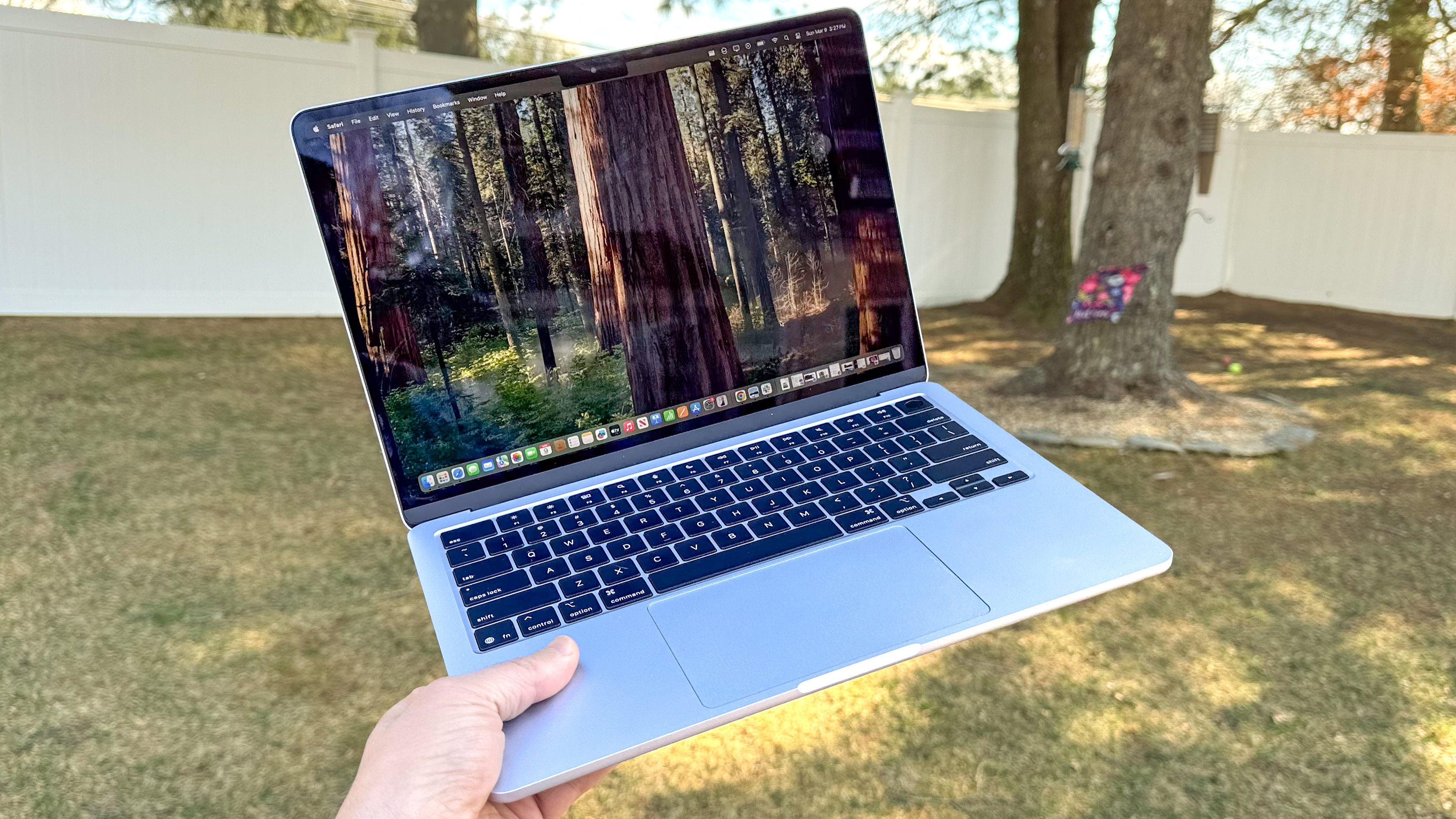
What is the best AI laptop you can buy right now? That's a big question with a lot of different answers. That's why I put every laptop through a series of complex AI tests to help find the best ones.
Over the past two years, AI laptops now fall into two categories:
- A laptop that can run an AI model locally: With free-to-use models like OpenAI's GPT-oss models available to download and use locally on your own system, laptops with incredibly powerful graphics are critical to making them run.
- A laptop offsetting day-to-day AI tasks onto an NPU: In Apple world, it's called a Neural Engine. But for everyone else, it's the NPU — a subsection of the processor in a lot of consumer laptops today that handle the tasks you may not even realize use AI, like blurring the webcam background or live video transcription.
Luckily for you, there is one that offers the best of both worlds, and that is the Asus ROG Flow Z13 with its monster AMD Ryzen AI Max+ 395 able to run a 120-billion parameter AI model locally, while also being impressively small and portable.
For those looking for a value system that can handle basic AI tasks and chatbots without killing the battery, I point you to either the M4 MacBook Air or (for something even cheaper) the Lenovo IdeaPad Slim 3x. And if you're an ultimate power user, you need real horsepower, which is where the RTX 5090-armed Asus ROG Strix Scar 18 comes in.
Like I said, an AI laptop can be many things to many people, but I've got you all covered with my top picks.
My top picks
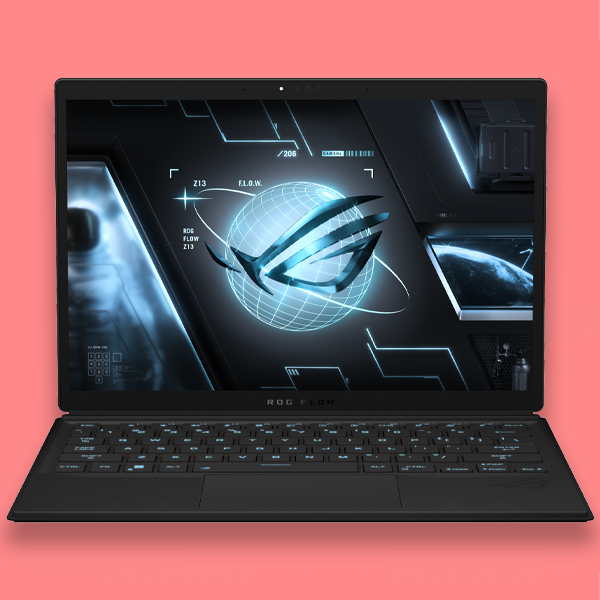
The best of both worlds — not only is the Asus ROG Flow Z13 great for power-efficient operation of casual AI tasks, but that AMD Ryzen AI Max+ chipset packs a ton of system memory and a mighty GPU for running AI models locally.
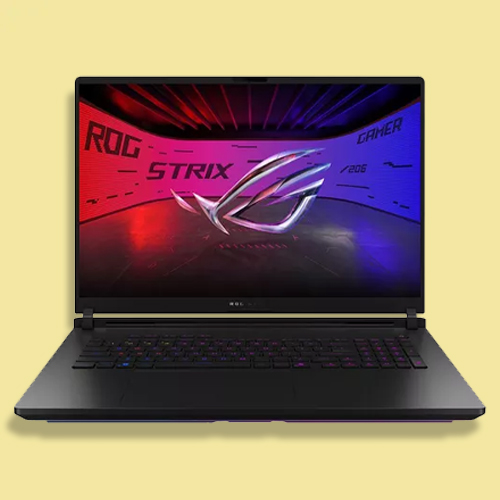
For the pros, AI requires more than just an NPU — a dedicated GPU is a requirement for the most intensive tasks like video generation or running a large language model (LLM) at decent speeds. With the serious AI gains of RTX 5090, the Asus ROG Strix Scar 18 is the perfect pick for this purpose.
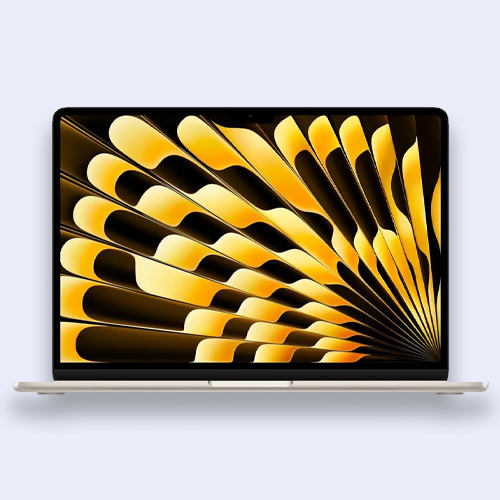
The M4 MacBook Air is a powerhouse of an AI ultraportable that we confidently use with key models, and is set to only get better with Apple Intelligence (provided Cupertino cranks out these features sooner rather than later).
The best AI laptop overall
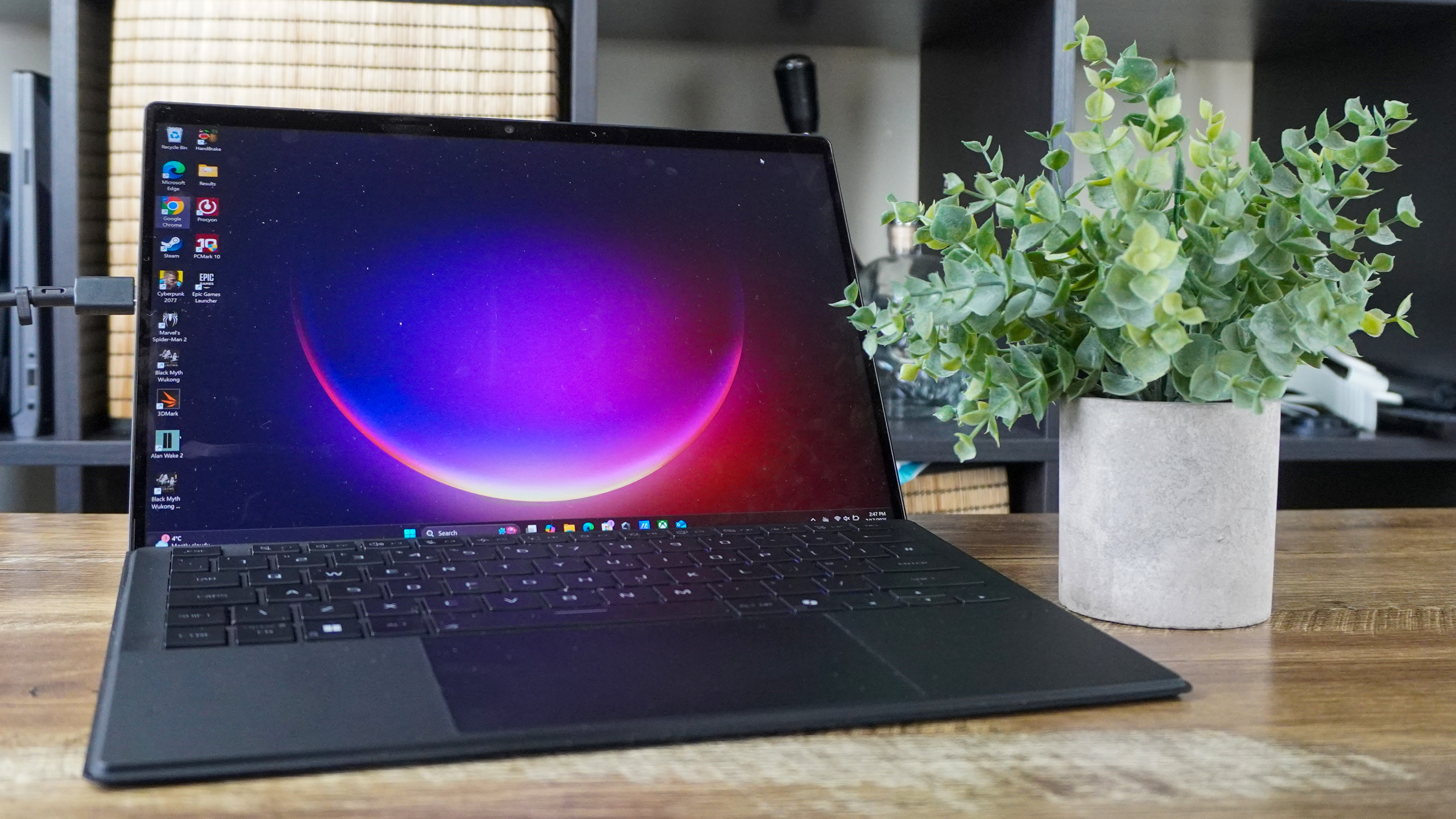
Specifications
Reasons to buy
Reasons to avoid
Why is this the best overall AI laptop?
Why you can trust Tom's Guide
The Asus ROG Flow Z13 isn't just a breakthrough in gaming with that monster integrated graphics on the AMD Ryzen AI Max+ 395 chip. Because as the name suggests, it's also a mini marvel for running massive local AI models too. And it's all packed into a slim, lightweight 2-in-1 that you can take anywhere with you.
AI performance by the numbers
AI benchmark | Score |
|---|---|
Geekbench AI CPU test (Quantized Score) | 9430 |
Geekbench AI GPU test (Quantized Score) | 14884 |
Analyzing the numbers
The Asus ROG Flow Z13 perfectly bridges that gap between casual and pro AI users — coming with all the Copilot+ PC features that run power efficiently off the built-in NPU, but also having the raw horsepower to run anything up to OpenAI's GPT-OSS 120B model.
It's a seriously impressive feat, but it will cost you. At a minimum of $2,099, this is a pricey system to buy. But to get the model that will support massive LLMs, you'll have to shell out over $3,000 for the option with 128GB of shared system memory.
That being said, if you've been looking to localize your AI, this has been my favorite low-profile way to go.
Read our full Asus ROG Flow Z13 review.
The best AI laptop for power users

Specifications
Reasons to buy
Reasons to avoid
Why is this the best AI laptop for power users?
Yes, it's a gaming laptop (and it comes with an equally large gaming laptop price). But with RTX 5090, Nvidia went in hard on improving AI performance. Pair that with the Intel Core Ultra 9 275HX, a huge total wattage being pumped through these internals and impressive thermal management, the Asus ROG Strix Scar 18 is a clear favorite for AI power users.
AI performance by the numbers
AI benchmark | Score |
|---|---|
Geekbench AI CPU test (Quantized Score) | 9724 |
Geekbench AI GPU test (Quantized Score) | 23227 |
Geekbench ML GPU test (DirectML) | 12964 |
Analyzing the numbers
While an NPU handles everyday AI tasks well enough, I’ve found that you really need the raw power of a GPU to push things further. With the Intel Core Ultra 9 275HX paired with the RTX 5090 in this machine, I’m getting an incredible amount of AI processing capability — 1,837 TOPS, to be exact.
That kind of performance means I can breeze through demanding creative AI tasks, like complex text masking in Adobe Premiere Pro, and even train my own AI models if I want to. The sheer parallel processing power here makes this setup an absolute beast for anything AI-related.
Read our full Asus ROG Strix Scar 18 review.
The best AI laptop for casual users
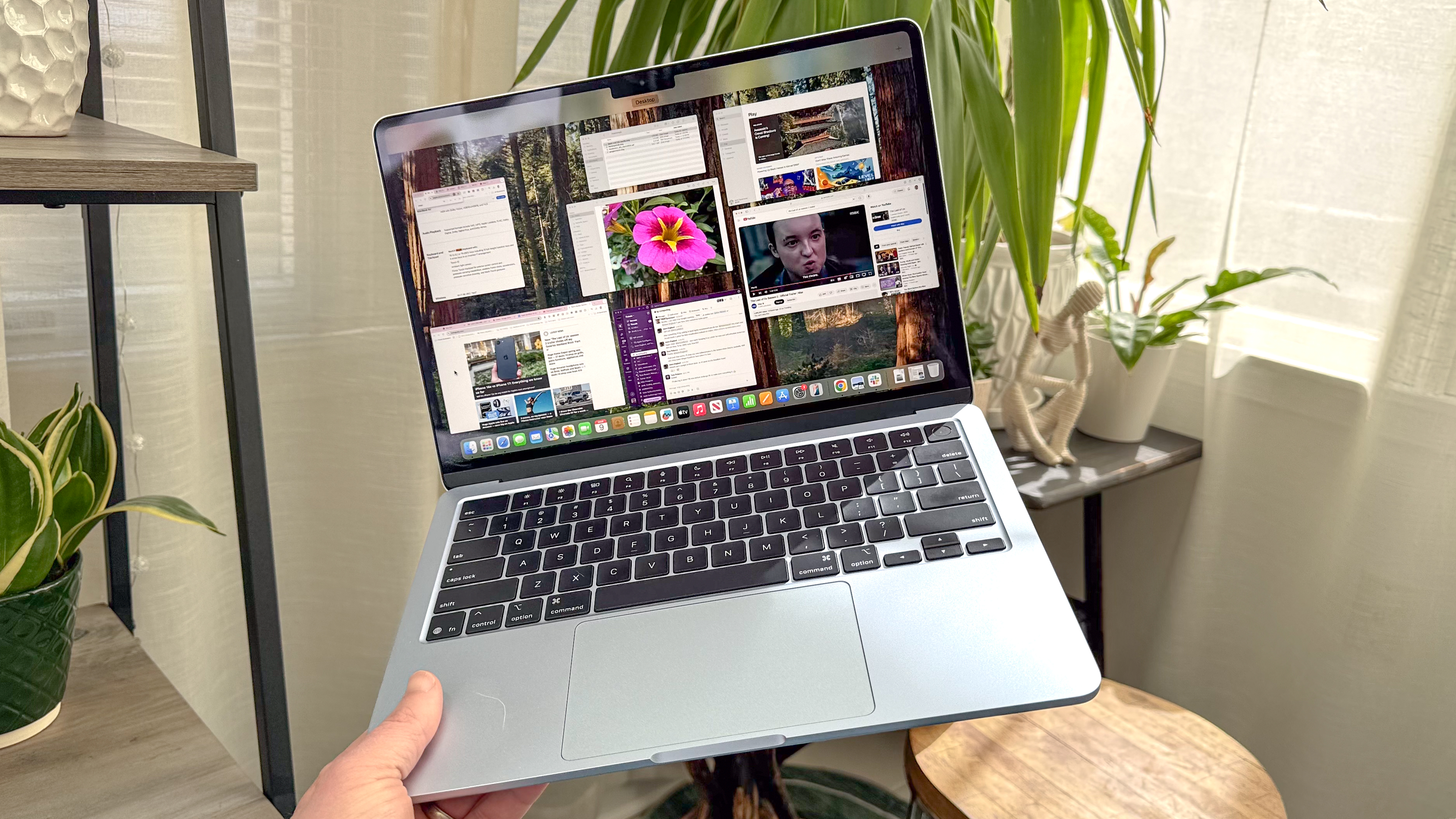
Specifications
Reasons to buy
Reasons to avoid
Why is this the best value AI laptop?
For years now, Apple has packed a Neural Engine into its MacBooks (translation: an NPU) and the M4 MacBook Air continues this trend with seriously impressive local AI performance. Not only that, but Apple has doubled the base RAM and given you $100/£100 off the predecessor's retail price. More for less — you love to see it!
AI performance by the numbers
AI benchmark | Score |
|---|---|
Geekbench AI CPU test (Quantized Score) | 6280 |
Geekbench AI GPU test (Quantized Score) | 8890 |
Geekbench ML Neural Engine test (CoreML Quantized Score) | 50889 |
Analyzing the numbers
For me, the MacBook Air strikes a great balance when it comes to AI performance. The CPU and Neural Engine handle all those Apple Intelligence features smoothly — whether I’m rewording text, summarizing audio recordings, or playing around in the Image Playground.
t the same time, the GPU can keep up with some of the heavier AI workloads, like enhancing light and color in video clips using Final Cut Pro.
Just a quick heads-up from my own experience: the base model with a 256GB SSD really doesn’t cut it. It’s not just about running out of space — performance takes a hit too, with noticeably slower load times.
Read our full 13-inch M4 MacBook Air review.
The best value AI laptop

Specifications
Reasons to buy
Reasons to avoid
Why is this the best value AI laptop?
Ever since getting my first hands-on with the Lenovo Ideapad Slim 3x, I was confident it could be my favorite budget laptop of the year at $529. But what I didn't expect was that low-cost Snapdragon X silicon to pack a mightily impressive NPU that packs power efficiency and speed across AI tasks.
AI performance by the numbers
AI benchmark | Score |
|---|---|
Geekbench AI CPU test (Quantized Score) | 5864 |
Geekbench AI QNN test (Quantized Score) | 35042 |
Analyzing the numbers
The Lenovo IdeaPad Slim 3x is ideal for general use. That NPU is optimized to complete AI and machine learning tasks that happen in the background when using Windows 11.
Whether it's quickly creating visual content through Paint CoCreator, upgrading the webcam quality by analyzing the picture, improving the built-in microphone quality, or brainstorming with Copilot, the high bandwidth allows for real-time AI interactions that react quickly to any prompt you throw at it.
Read our full Lenovo Ideapad Slim 3x review.
The best Windows AI PC
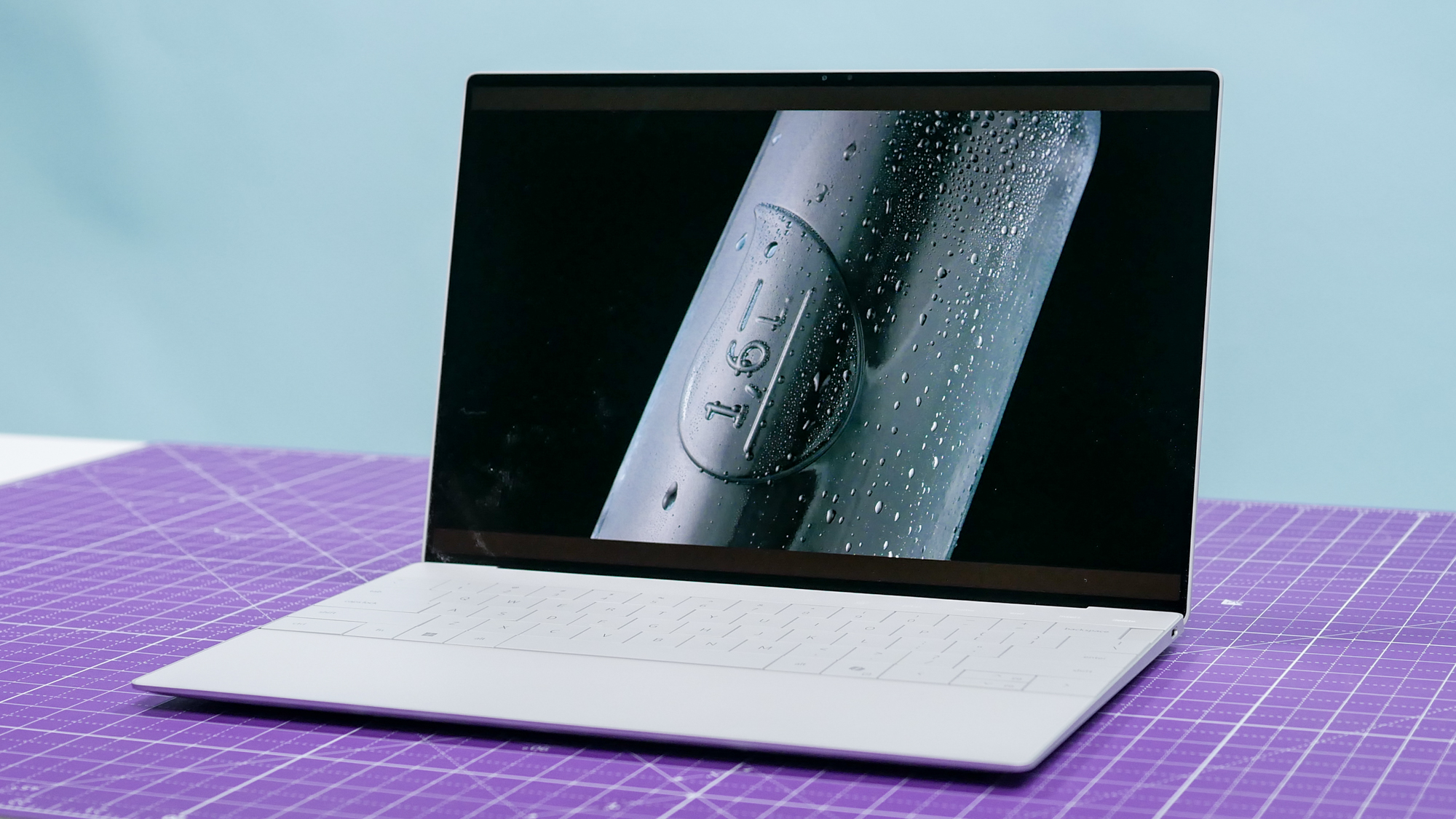
Specifications
Reasons to buy
Reasons to avoid
Why is this the best Windows AI laptop?
As the AI silicon wars heat up, Intel has thrown its hat into the ring with one of the best AI-centric chips you can find in a laptop — packed into the gorgeous Dell XPS 13. What matters here is that NPU and next generation Xe2 integrated GPU packing a serious amount of TOPs that can get the job done in short order.
AI performance by the numbers
AI Benchmark | Score |
|---|---|
Geekbench AI CPU test (Quantized score) | 3771 |
Geekbench AI GPU test (Quantized score) | 4201 |
Geekbench AI NPU test (Quantized score) | 25562 |
Analyzing the numbers
The NPU on-board in the new generation of Intel Core Ultra is one thing, but pair that with a drastically upgraded GPU with Intel Arc graphics and you've got a solid all-in-one AI machine — capable of a combined total of 68 TOPS of AI performance.
What all of this means in real world use is that thanks to Intel AI Boost, not only are you getting all those general AI tasks completed in speedy real-time (even allowing for space to be able to run a local model), but that GPU is capable of completing more generative-based AI tasks like those same machine learning-based video editing workloads.
Read our full Dell XPS 13 (Lunar Lake) review.
The best Macbook for AI
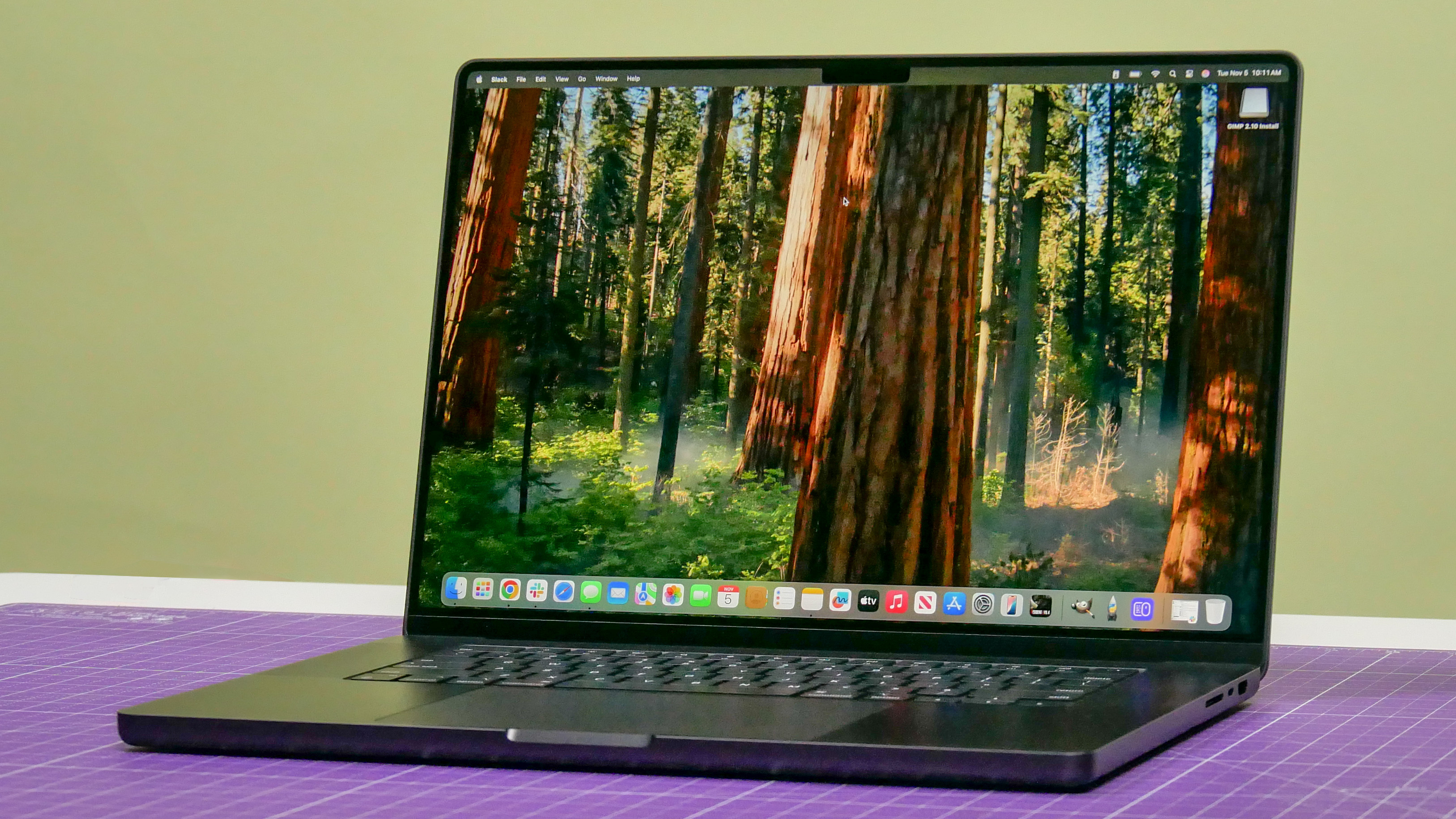
Specifications
Reasons to buy
Reasons to avoid
Why is this the best AI MacBook?
The M4 Pro MacBook Pro isn't just a great daily driver for prosumers, it's also a great AI PC too that will run all the Apple Intelligence features at their most breakneck speeds. Machine Learning tasks are handled rapidly by that Neural Engine — allowing you to truly speed up your workflows using all the brand new ML tools in Final Cut Pro 11.
AI performance by the numbers
AI Benchmark | Score |
|---|---|
Geekbench AI CPU test (Quantized score) | 6882 |
Geekbench AI GPU test (Quantized score) | 15110 |
Geekbench AI NPU test (Quantized score) | 49570 |
Analyzing the numbers
Whether it's running complex AI models locally on the MacBook Pro, such as the 32-billion parameter Qwen2.5 coder LLM, or advanced generative options like StableDiffusion running entirely on-device, the M4 Pro MacBook Pro is capable of doing it all.
The combination of 14-core CPU, 20-core GPU and that Neural Engine that is up to 4x faster than your standard AI PC makes for mind blowingly fast interactions with Apple Intelligence. But on top of that, even for those intense AI moments of local deep research or even machine learning-driven 3D animation, there is no sign of slowdown.
Of course the best of the best would be to get an M4 Max model, but the Neural engine gains between Max and Pro are super marginal — meaning you're getting a better AI price-to-performance ratio by opting for the mid-range chipset.
Read our full M4 Pro MacBook Pro review.
How we test AI laptops
To choose the best laptops for AI, we put each one through its paces with some brutal testing. Let me explain all the tests you saw above.
- Geekbench AI CPU test (Quantized score): The CPU's main purpose is more generalized towards keeping your laptop running smoothly. But as AI becomes more and more fundamental to the entire system, it's important that these cores are ready to handle machine learning applications. The Quantized score is the mean result of how well the device performed across a whole set of AI tests.
- Geekbench AI GPU test (Quantized score): For the more advanced generative side of things like video editing, the Geekbench AI GPU test puts the graphics card (or integrated graphics) to the test, to see how performant it is for all the parallel tasks that need to be completed in machine learning.
- Geekbench AI NPU test (Quantized score): Whether it's the Neural Engine on a MacBook or the NPU on a Windows laptop, this part of a chip is purpose-built to handle AI tasks and offload that pressure on the CPU. The faster this is, the better your system will be at those day-to-day AI tasks like webcam picture improvement.
There is one exception, though. Chromebooks do not have AI benchmarking tests available, and since all of its AI tasks are completed entirely on the cloud, the main thing to consider is WiFi speed here.

I've used laptops for 18 years and reviewed them for over 4 years — the AI PC movement is easily one of the biggest tectonic shifts in this space. Whatever your skill level with AI, there's a system for you that suits your needs — from completing simple tasks to complex prompt-driven generation.
Get instant access to breaking news, the hottest reviews, great deals and helpful tips.

Jason brings a decade of tech and gaming journalism experience to his role as a Managing Editor of Computing at Tom's Guide. He has previously written for Laptop Mag, Tom's Hardware, Kotaku, Stuff and BBC Science Focus. In his spare time, you'll find Jason looking for good dogs to pet or thinking about eating pizza if he isn't already.
